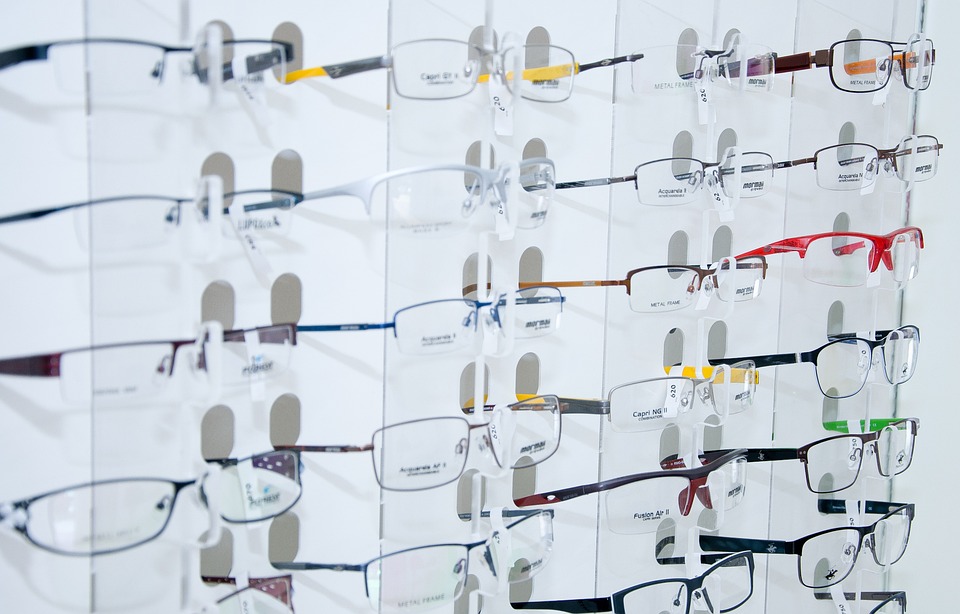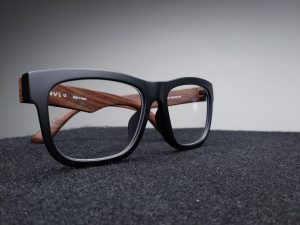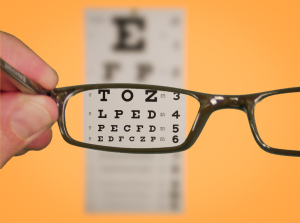
As we age, it is common to experience presbyopia, a visual problem that makes it difficult to focus on near objects. This leads many people to need glasses that allow them to see both near and far. In these cases, two of the most popular options are progressive lenses and bifocal lenses. But which is the best option for you? Below, we’ll discuss the differences, advantages and disadvantages of both types of lenses to help you make the best decision.
What are progressive and bifocal lenses?
Before deciding which is the best option, it is important to understand what each of these types of lenses consists of.
- Bifocal lenses: Bifocal lenses have two different prescriptions in the same lens. The upper part is used for viewing objects at distance, while the lower part is for focusing close objects. There is a visible line separating the two viewing areas.
- Progressive lenses: Progressive lenses offer a smooth transition between multiple prescriptions with no visible lines. This allows you to see clearly at different distances: near, middle distance and far, gradually and without abrupt jumps in vision.
Advantages and disadvantages of bifocal lenses

Advantages
- Quick focus change: Bifocal lenses allow you to switch quickly from distance to near vision, as there are only two focus zones.
- Economic: They are usually more affordable than progressive lenses.
- Easy adaptation for some people: If you’ve already worn bifocals, you’re probably used to the line between the two prescriptions.
Disadvantages
- Visible line: The line separating the two focus areas can be annoying or unaesthetic for some users.
- Image jump: When shifting the gaze from one zone to the other, there is a sharp jump in vision, which can cause discomfort and adaptation problems.
- Only two focusing distances: Bifocal lenses do not offer correction for intermediate vision, which can be a drawback for activities such as working at a computer.
Advantages and disadvantages of progressive lenses

Advantages
- Smooth transition: Progressive lenses offer a gradual transition between different prescriptions, allowing you to see at any distance without abrupt jumps.
- Aesthetic appearance: They have no visible lines, which makes them look like normal lenses and aesthetically more attractive.
- Versatility: They correct vision at multiple distances (near, intermediate and far), making them ideal for activities that require constantly changing focus, such as working in an office, reading or driving.
Disadvantages
- Adaptation period: It can take several weeks to get used to wearing progressive lenses, especially if you have never worn them before.
- Higher cost: Progressive lenses are usually more expensive than bifocals because of their advanced technology.
- Peripheral distortions: Some wearers may experience peripheral vision distortions, especially at first.
Which is the best option for you?
The choice between progressive and bifocal lenses depends on your needs, lifestyle and personal preferences. Below, we help you determine which might be the best option for you:
- Choose bifocal lenses if:
- You are looking for a more economical option and don’t care about the visible line on the lenses.
- You only need correction for near and far vision and don’t care about intermediate vision.
- You’re already used to wearing bifocal lenses and have no problem with “image jumping.”
- Choose progressive lenses if:
- You want a smooth and comfortable transition between different focusing distances.
- You need correction for all distances (near, intermediate and far).
- You prefer an option that is more aesthetic and resembles normal lenses, with no visible lines.
Aspects to consider before choosing.

- Lifestyle: If you spend a lot of time in front of a screen or need to see at different distances throughout the day, progressive lenses may be the best choice. On the other hand, if you only need near and distance vision correction, bifocals may work well for you.
- Budget: Bifocals are more affordable, while progressive lenses usually require a larger investment, but offer more comfort and versatility.
- Adaptability: If you’re patient and willing to go through an adjustment period, progressive lenses may be the ideal choice. If you prefer something you can get used to quickly, bifocals may be a better fit.
Tips for making the right choice
- Consult an optometrist or ophthalmologist: The best way to know what type of lens is right for you is to have a complete eye exam and talk to a specialist. They will guide you and recommend the best option according to your prescription and needs.
- Try both types: Many opticians allow you to try different types of lenses before deciding on one. This will help you get a feel for how they fit your vision and your daily life.
- Focus on quality: Not all progressive or bifocal lenses are the same. Make sure you choose a quality product that offers the best vision correction and is comfortable to wear for long periods.
Conclusion: Progressive vs. Bifocal Lenses
The decision between progressive and bifocal lenses depends on your visual needs, lifestyle and budget. While bifocals are a practical and economical option for those who only need near and distance vision correction, progressive lenses offer a more versatile and aesthetic solution for those seeking complete vision correction.
Remember that the right choice will help you improve your quality of life and allow you to enjoy clear, comfortable vision at all times. Do not hesitate to consult a specialist to make the best decision according to your needs.
